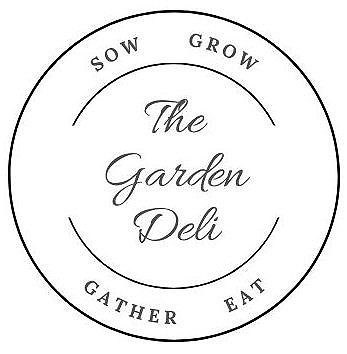Nasturtium
Tropaeolum majus
Nasturtiums have been grown in European gardens since they were introduced by Spanish conquistadors. They were initially grown as vegetables… the leaves, flowers and seeds are edible. Now they are used as summer bedding, often in containers, and are easy plants for young gardeners to start with having large seeds and being easy to grow. The leaves and flowers can be scattered through salads to add a peppery contrast to lettuce. The leaves are also a foodplant for the caterpillars of small and large white butterflies. Planting nasturtiums in your vegetable patch is said to help reduce damage on cabbages and other brassicas.
Sow In early to mid-spring into pots indoors. Grow on in a light position and plant out in May/June once the danger of frost has passed. Can also be direct sown in late spring and summer.
Grow Nasturtiums grow best in poor soils, a soil that’s too rich will encourage leafy growth rather than flowers. Grow in full sun in pots or in the ground. Water regularly if grown in containers.
Uses Nasturtiums are often grown among vegetables to attract blackfly and caterpillars away from the crop. They also attract pollinators and predatory insects, making them all-round good companion plants. Add leaves and flowers to salads, but in moderation unless you really love the peppery flavour. The flowers last well in a vase and make an unusual addition to small flower bunches (the stems aren’t really long or strong enough for larger bouquets).

